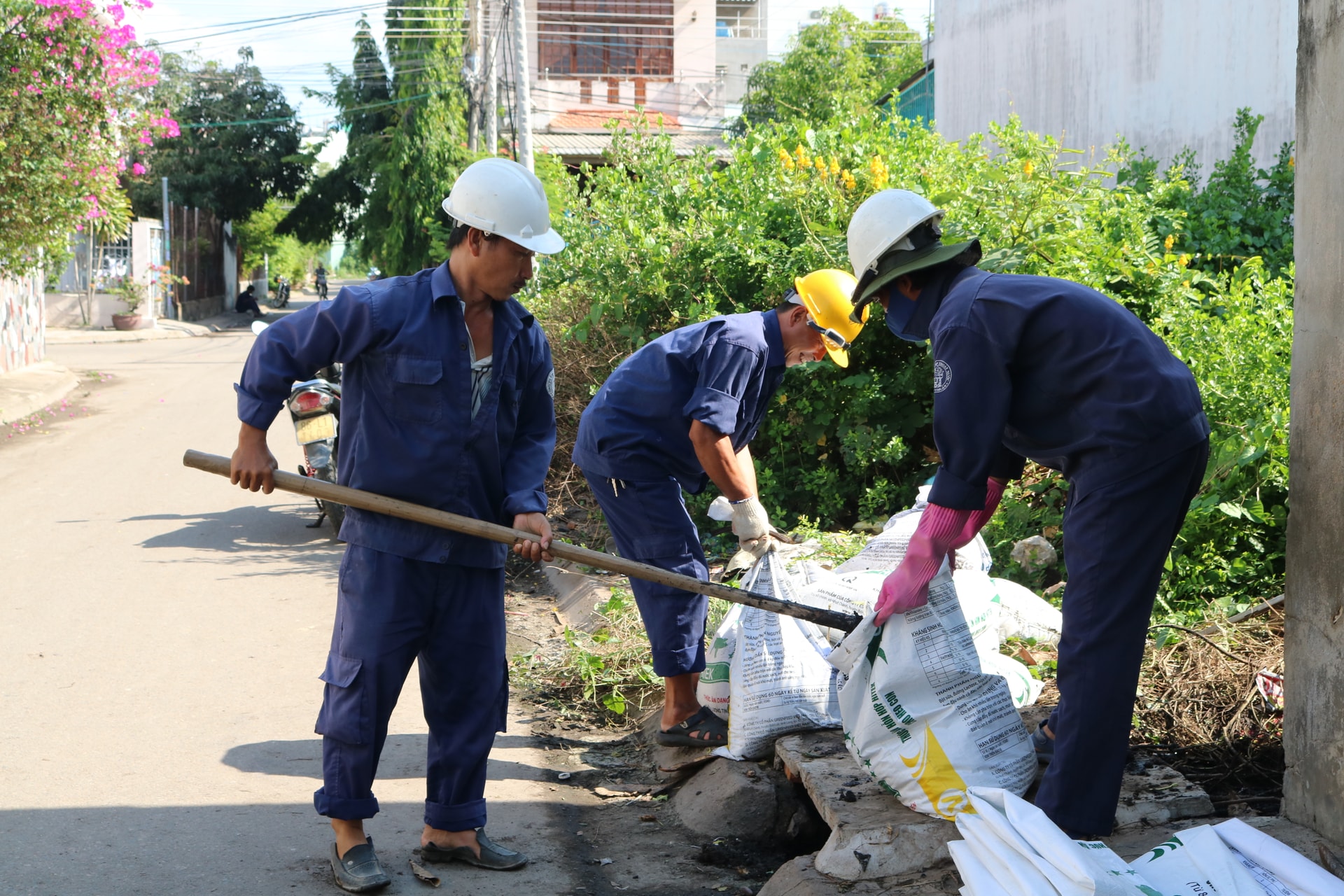
Heavy rain, water flooded into people's houses
Many residents in the 19/4 residential area, now part of residential group 44, Phan Thiet ward, said that almost all sections of the area were flooded, the most heavily flooded section was Luong Dinh Cua street, because the roadbed was small and narrow, located in a low-lying area. After many hours of heavy rain, water from the main Pham Ngoc Thach street flowed down, carrying garbage, tree branches and leaves to cover the manhole of Luong Dinh Cua street; water from Van Cao and Dang Van Ngu streets flowed over, causing this small section of the road to become heavily flooded from 0.4 to 0.5 meters. Mr. NVT, who lives on this route, was still haunted by the flood scene in the following days. He shared: “The rain lasted for many hours until dusk, the water flooded the street, started overflowing the sidewalk, and then into the yard. Not long after, the water entered the living room, spreading to the rooms inside the house. We quickly put the tables and chairs up high, and together we bailed the water out into the yard. Around 9 p.m., the rain gradually stopped, the water began to gradually drain out onto the street, and out into the park below.” Not only Mr. NVT’s house was on duty to bail out water, but many houses on Luong Dinh Cua Street were also in the same situation.
Not only the internal roads of the 19/4 residential area, but also the new roads in Phan Thiet, Phu Thuy, and Binh Thuan wards were heavily flooded. The main road with the most lanes such as Le Duan was deeply flooded, stretching from Le Hong Phong intersection to Nguyen Hoi street. Similarly, the roads in the central area such as Hung Vuong, Tran Hung Dao, Ton Duc Thang, Vo Van Kiet, Thu Khoa Huan, Tu Van Tu, Nguyen Van Linh, Pham Hung... were also heavily flooded, especially the areas along the Ca Ty river in Phan Thiet and Binh Thuan wards.
Limit flooding
Discussing this issue, representatives of the People's Committees of Phan Thiet and Phu Thuy wards said that the wards have directed the heads of residential groups to strengthen propaganda to raise people's awareness of environmental hygiene, not to litter indiscriminately causing pollution, or to cover manholes to obstruct the flow. At the same time, warning signs are posted, strictly prohibiting dumping in sensitive areas such as near sewers, along rivers and canals. Currently, according to the 2-level local government decentralization, the wards promote the review of the degraded drainage system in the area, recommending annual investment in dredging and repair, increasing drainage capacity, and limiting flooding during heavy and prolonged rains.
Phan Thiet and Phu Thuy urban areas are currently in the phase of rapid infrastructure development, but the drainage system is still unsynchronized and degraded. The previous sporadic investment in each phase has limited the drainage capacity, making it easy to overload when heavy rains occur. The fundamental solution is to review the entire drainage network, prioritize investment in upgrading main routes, and at the same time connect with the riverside drainage system to increase drainage capacity.
According to experts, in the future, urban areas still need to invest synchronously in smart urban infrastructure such as: installing sensor systems, flood warning maps and real-time data management software. This solution helps authorities monitor and forecast flooding situations early, proactively plan dredging, drainage and timely response, towards building safer and more sustainable urban areas against natural disasters.
Source: https://baolamdong.vn/chong-ngap-ung-khu-vuc-do-thi-phan-thiet-phu-thuy-401695.html




![[Photo] Prime Minister Pham Minh Chinh attends the annual Vietnam Business Forum](https://vphoto.vietnam.vn/thumb/1200x675/vietnam/resource/IMAGE/2025/11/10/1762780307172_dsc-1710-jpg.webp)


![[Photo] Prime Minister Pham Minh Chinh attends the Patriotic Emulation Congress of the Ministry of Foreign Affairs for the 2025-2030 period](https://vphoto.vietnam.vn/thumb/1200x675/vietnam/resource/IMAGE/2025/11/10/1762762603245_dsc-1428-jpg.webp)









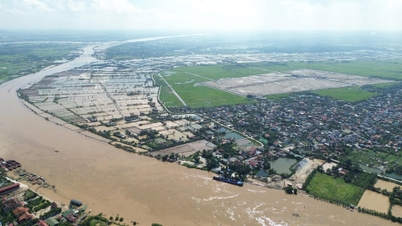





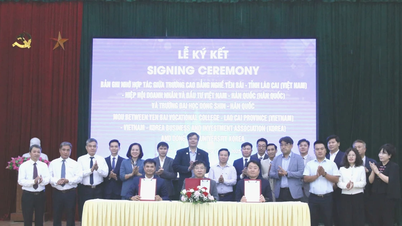







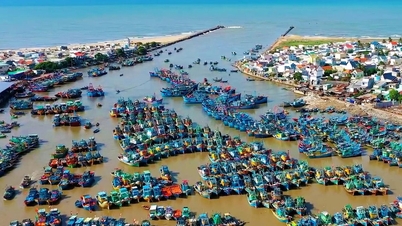

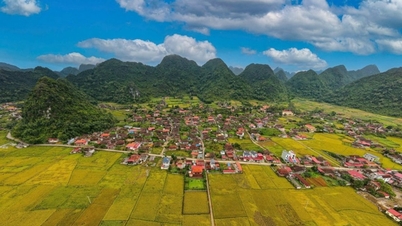
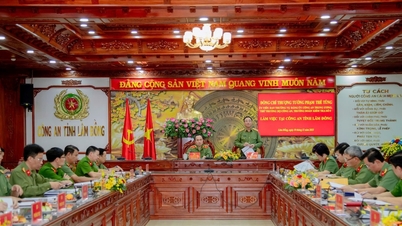













































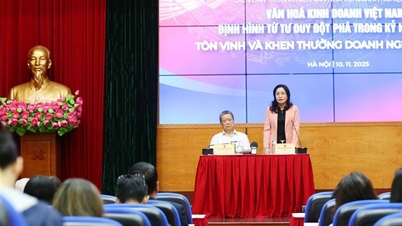
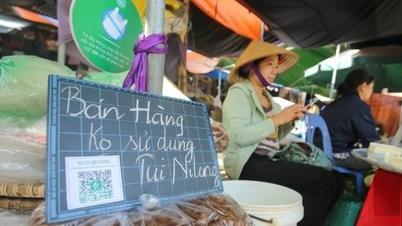





![Dong Nai OCOP transition: [Article 3] Linking tourism with OCOP product consumption](https://vphoto.vietnam.vn/thumb/402x226/vietnam/resource/IMAGE/2025/11/10/1762739199309_1324-2740-7_n-162543_981.jpeg)








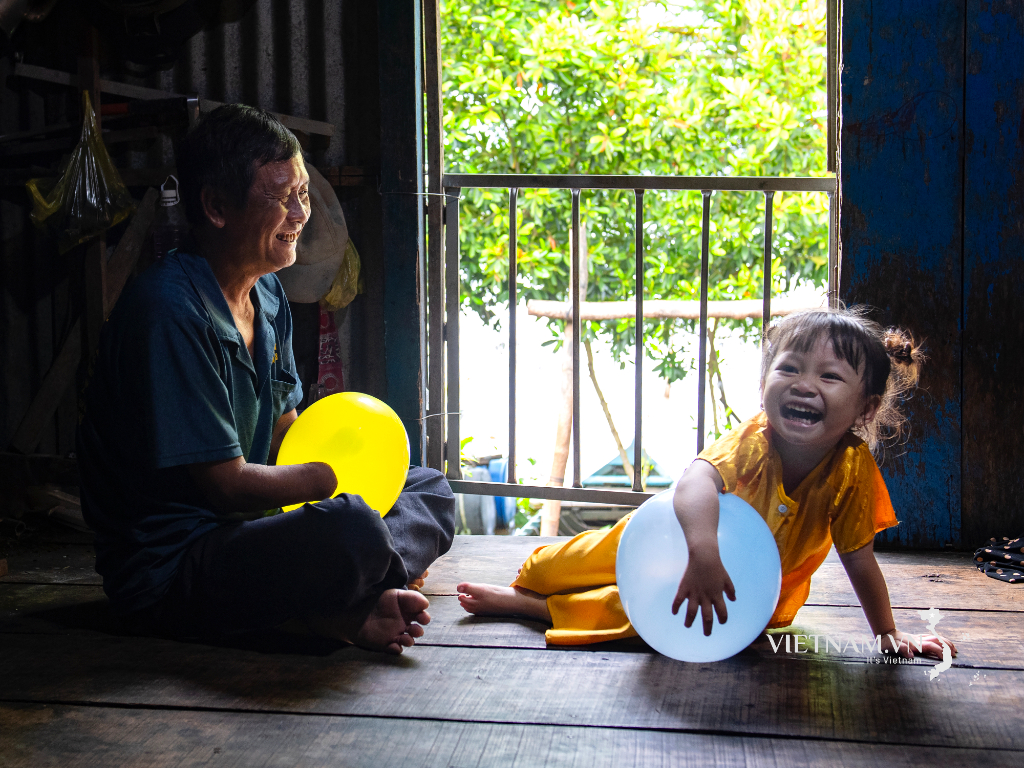
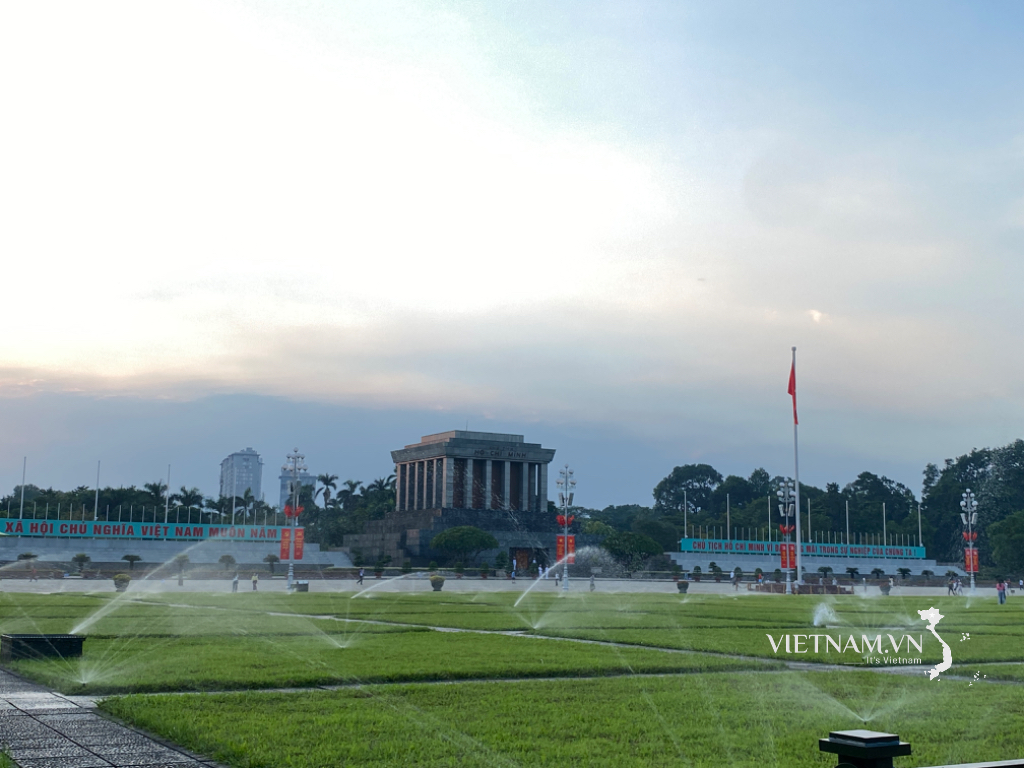

Comment (0)